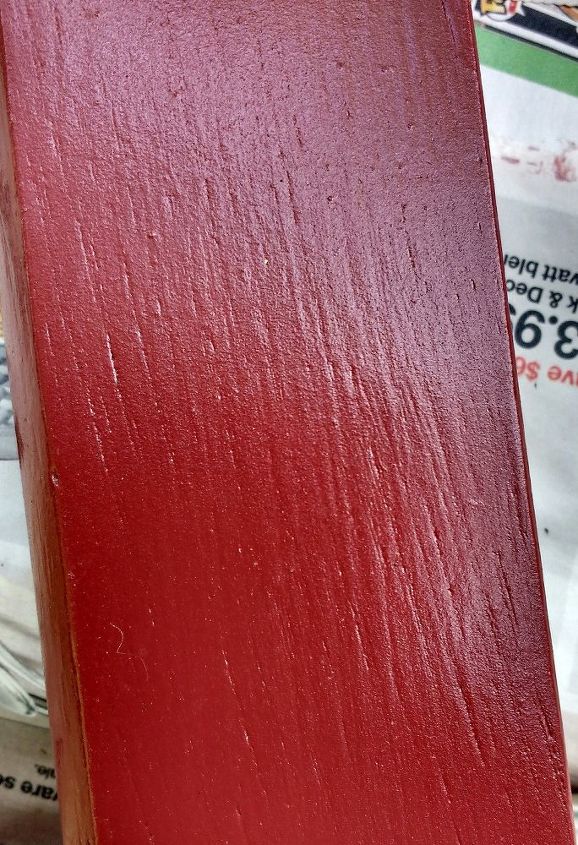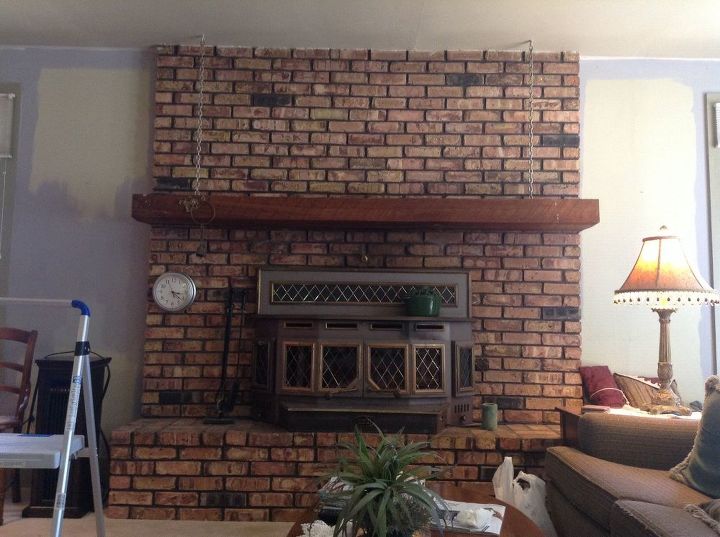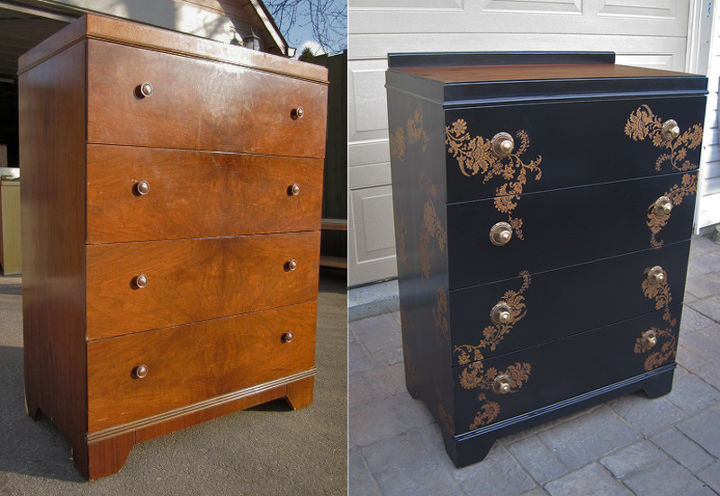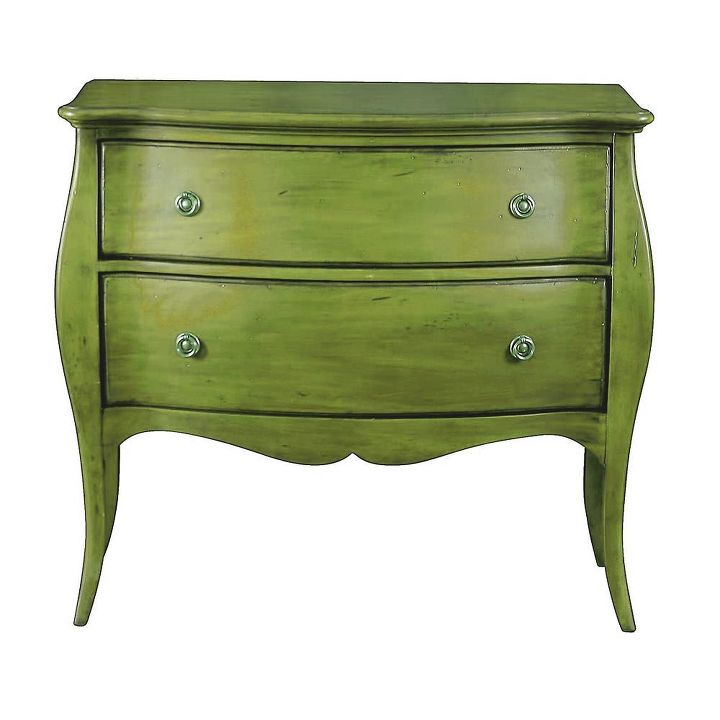Continuing my painted wood furniture saga . . .

-
Hello, this looks like it wasn't properly sanded before painting and then a bunch of dust got onto the spray. Don't get discouraged, because painting and finishing is not as easy as it looks. I suggest you sand again. A rough surface will give you a rough finish. If the painted surface is nice and smooth, spray your poly on the dust free furniture in a completely dust free room. This kind of stuff happens to everyone. Spray poly and liquid poly both have their pros and cons. Neither will make your furniture smooth with out a good sanding first. You'll figure it out and this will look fantastic. Good luck!
 Bryan's Workshop
on Jul 16, 2016
Helpful Reply
Bryan's Workshop
on Jul 16, 2016
Helpful Reply- See 1 previous
-
-
Bryan's so right..... I've had some projects that seem like they should be easy...and turn out not so easy. The best part is you can keep working (if you've got the patience) to get it right. :-)
 CK
on Jul 16, 2016
Helpful Reply
CK
on Jul 16, 2016
Helpful Reply -
-
I totally agree with Bryan and Connie..Frustrating, but their comments are great! Good luck..You'll be glad you took the extra steps!
 Kaal Huggins
on Jul 16, 2016
Helpful Reply
Kaal Huggins
on Jul 16, 2016
Helpful Reply -
-
Try using a much finer grit of sandpaper for your sanding, like 500 or higher, and a tack cloth after each sanding. Be SURE to wipe ALL sanding dust off completely, that will catch in your paint and give it a gritty feel/appearance. Sometimes I use a handheld vacuum to get every speck off in addition to a tack cloth. Let me know how you make out. :)
 Susi
on Jul 16, 2016
Helpful Reply
Susi
on Jul 16, 2016
Helpful Reply -
-
Sometimes, while I love to paint outside on a breezy day, too much air movement can roughen up paint or sealers. The moving air, while it's taking away fumes can also be depositing dust, pollen, etc., into the wet surface. Each successive coat of sealer will 'melt' or dissolve a tiny bit into the previous and will smooth out with each new coat. Sanding and wiping well between coats of paint are a must. Set up cardboard with patio furniture for a wind screen when painting outside, there are even pop-up paint tent shelters if you have over hanging trees..
 M. M..
on Jul 16, 2016
Helpful Reply
M. M..
on Jul 16, 2016
Helpful Reply -
-
I use chalk paint in most of my furniture projects. No need to sand before hand (unless there are huge blemishes.) Easy application and the finishing wax provides fabulous protection. Curing takes a little longer but is worth the final result.
 Chana Malkah Harris
on Jul 16, 2016
Chana Malkah Harris
on Jul 16, 2016
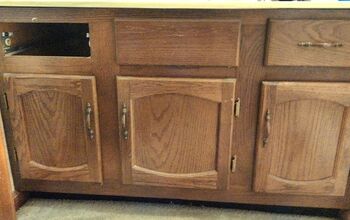
 Helpful Reply
Helpful Reply -
-
You can get very fine sandpaper at the auto parts stores... good luck, I know it can be very frustrating after doing everything like the directions, I do think painting outside could have been the issue... if there is anyway you can make a paint booth, with old sheets, cardboard, etc... I think you can sand your chairs, lightly, and if need be, do one more coat of paint, then try sealing again... maybe with a brush on poly, versus the spray..
 Nancy
on Jul 16, 2016
Helpful Reply
Nancy
on Jul 16, 2016
Helpful Reply -
Related Discussions
Should I paint or stain my oak kitchen cabinets?
I was wondering if you could help me with something -- I have an entirely oak kitchen. I know it's the rage now to paint or gel stain cabinets. I've been considering ... See more
How to paint a metal front door?
How do I paint my front door? It's metal.
How to paint grout?
How do I paint grout to change the color? The grout is in great shape, but the color - meh.
How to whitewash a brick fireplace?
What is the best method to whitewash bricks surrounding a fireplace?
DRESSER BEFORE AND AFTER: KEEP OR LOSE THE BACKBOARD?
Opinions Please! I got this very plain damaged dresser and was at a loss to what to do with it. I was inspired to glam it up. The top is stained and the finish is a b... See more
Am I the only one?
I don't want to sound like a total "hater", but am I the only one who doesn't like distressed furniture? I see so many beautiful pieces of furniture that would look o... See more
